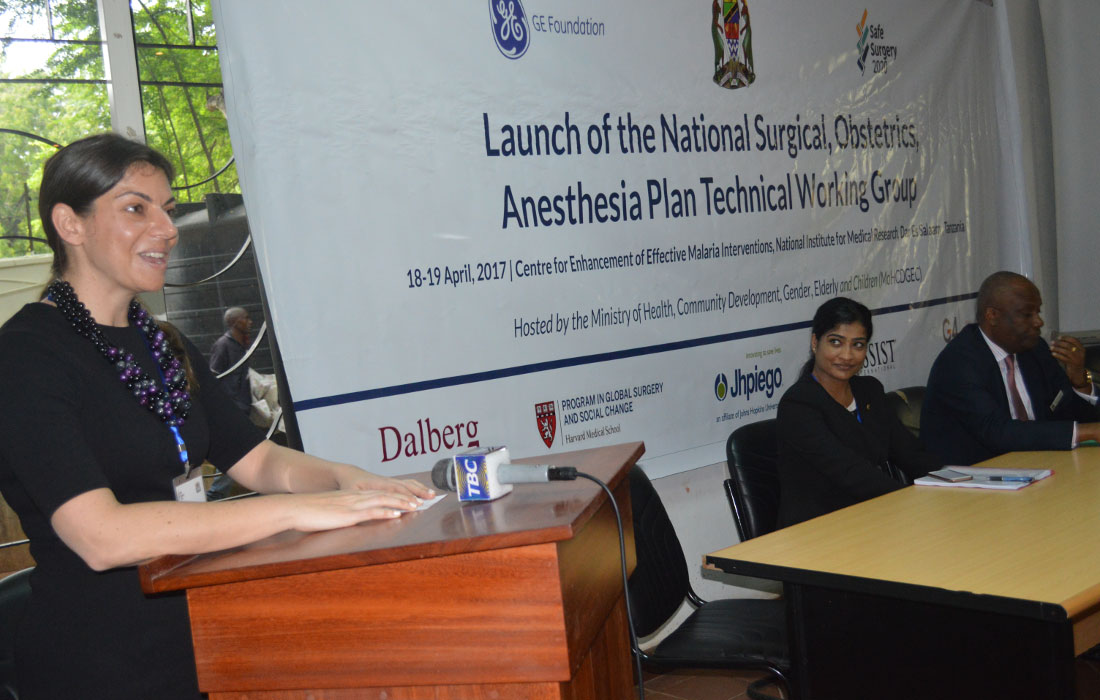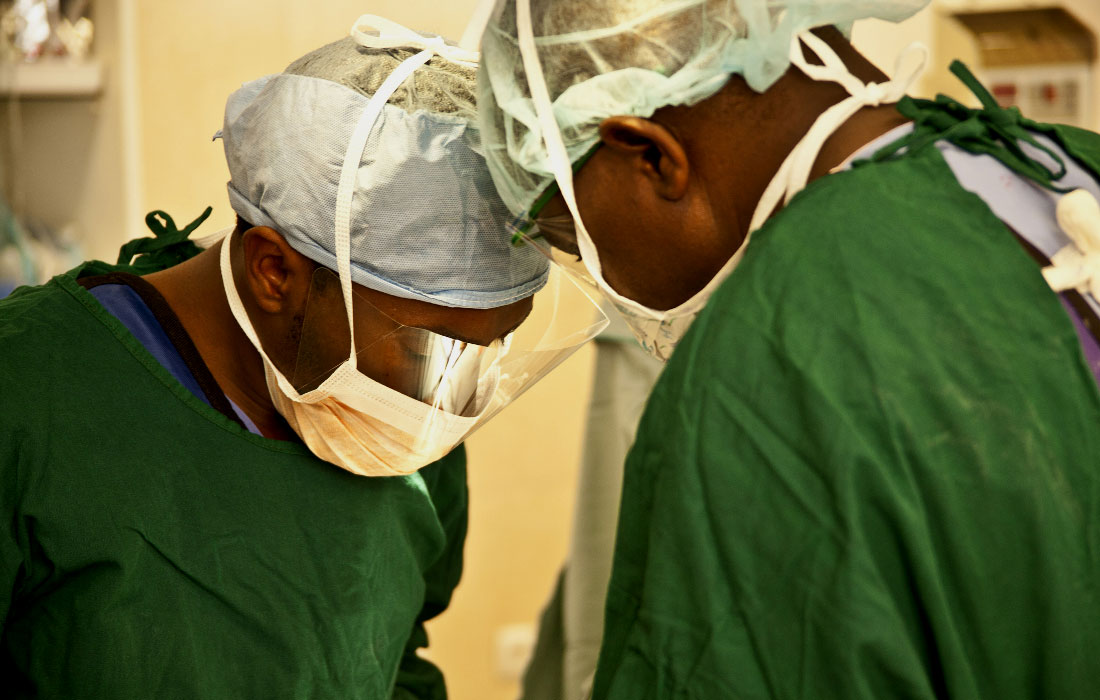Dalberg uses cookies and related technologies to improve the way the site functions. A cookie is a text file that is stored on your device. We use these text files for functionality such as to analyze our traffic or to personalize content. You can easily control how we use cookies on your device by adjusting the settings below, and you may also change those settings at any time by visiting our privacy policy page.
In 2015, the GE Foundation contributed USD $25 million to put safe surgery on the global health agenda. Working in partnership with Dalberg and other collaborators, hundreds of facilities and thousands of health workers benefitted from the groundbreaking initiative that spanned across five years.
According to Dr. David Barash, Executive Director of the GE Foundation, in the Safe Surgery 2020 Impact Report, “When the GE Foundation first committed USD 25 million to safe surgery in 2015, very few funders were focusing on this issue. Global health programs annually direct billions of dollars of funding toward prevention and treatment of major diseases such as HIV, malaria, and tuberculosis, as well as improving maternal, newborn, and child health. While these are justifiably top health priorities, universal safe surgical care must be seen as the complementary, equally essential—and equally attainable—goal.”
Fast forward to 2020, and significant strides have been made: Safe Surgery programs have been implemented in 58 health facilities in three different countries, and 180 other facilities have been impacted through Safe Surgery 2020 trainings. More than 2,900 healthcare workers have been trained in skills ranging from leadership and clinical/patient safety, equipment sterilization, and anaesthesia. Two oxygen plants have been launched to improve the availability of oxygen at 40 medical facilities, and more than 45 contributions to the overall safe surgery body of evidence have been made — including national policy developments, publications in peer-reviewed journals, and more.
Safe Surgery 2020 has helped us strengthen our Saving Lives Through Surgery national plan by providing expertise and additional resources. We now have strong legislation in place to elevate the importance of this issue and ensure the government’s health activities are aligned.
—Ethiopia Ministry of Health official
Across the past five years, Dalberg has been proud to host the Safe Surgery 2020 program, working to set initiative-wide management and coordination norms, lending strategy and short-term implementation support to partners, fundraising and managing local partnerships, and undertaking overall program governance and advocacy.
According to Barash, change like this was achieved through “a model that addresses the deep-rooted barriers to universal access to safe surgery and builds solutions from the ground up by partnering with local governments, implementers, and experts. Our approach seeks to change systems, addressing not only the gaps in surgical care and hospital capacity, but also the underlying gaps in workforce development, infrastructure, and policy.”
Our government has committed to improving maternal and child health, and we have partnered with Safe Surgery 2020 to deliver on this goal. Safe Surgery 2020 trainings on safe caesarian sections have allowed Tanzanian mothers to recover more easily from complications in childbirth, and we have seen maternal mortality and surgical complications drop as a result.
—Tanzania government official
The Safe Surgery 2020 program concluded with a virtual roundtable with country leaders in healthcare from Cambodia, Ethiopia, and Tanzania as well as implementation partners who shared key insights and experiences. The virtual roundtable “Achieving Better Health for the Medically Underserved” focused on the success Safe Surgery 2020 has had in uniting multiple stakeholders from government, academia, civil society and the private sector around the efforts to strengthen health care systems to benefit the most disadvantaged patients.
Safe Surgery 2020 was critical in uncovering the multiple aspects of surgery that go unnoticed within and outside the operation theatre. It helped us think about a systems level change, from need for surgical data collection and analysis at the administrative level to team work amongst surgeons, midwives and cleaners within the operation theatre for better outcomes. MOH will continue to raise awareness around these factors in the future.
—Cambodia Ministry of Health official
So what’s next? “Our programs have proven that when funders are willing to invest in universal safe surgical care, they can unlock benefits not only for individual patients, but also for whole societies. In many cases, local governments are already in the process of taking ownership of scaling our programs. Moving forward, I hope that our model provides an example of what sustained action can look like. In the future, I hope to see an even larger coalition of funders and implementers working together to bring access to safe surgery to the five billion people who need it,” says Barash.
All of us have increased our knowledge and [have] begun to play the role of a leader [after the trainings on leadership and teamwork]. Each of us is skilled in something. If we work together, we can achieve something big.
—Surgical Provider, Calmette Hospital, Cambodia
Read the full Safe Surgery 2020 Impact Report here.





